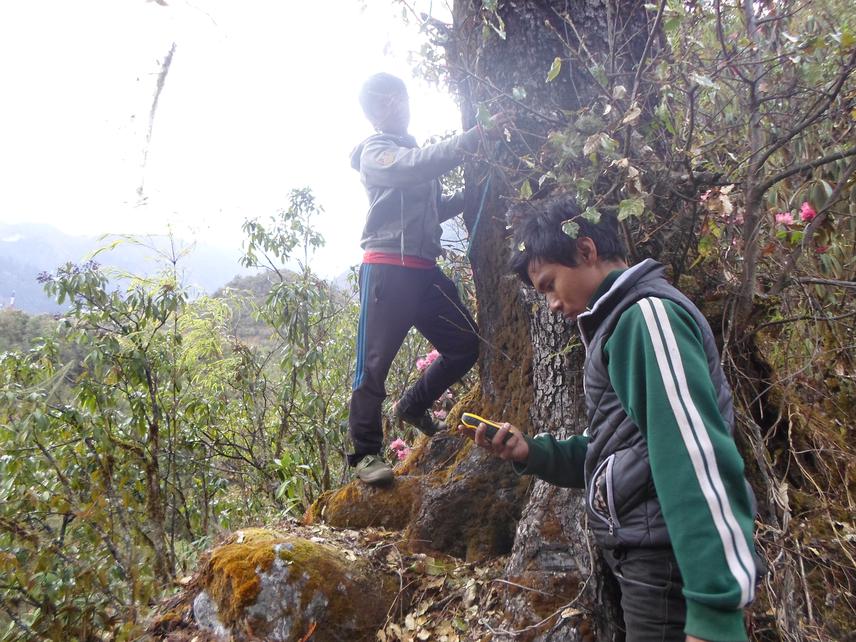Milan Sapkota
The project aims to study feeding ecology, habitat preference and distribution of Himalayan black bear including its threats in Kanchanjungha Conservation Area, Nepal.

This is a research project entitled Feeding Ecology, Habitat Preference, Distribution and Awareness Programme for Conservation of Himalayan Black Bear in Kanchanjungha Conservation Area, Nepal. Himalayan black bear (Ursus thibetanus) is listed as vulnerable by the IUCN primarily because of illegal killing for bear parts (Garshelis and Steinmentz, 2008; Servheen, 1990). There has been very little information on the black bear status and its distribution in Nepal (Stubblefield and Shrestha, 2007). The project will be first time and will explore its status from eastern region of Nepal. According to local people several Himalayan black bear are in this area. Human-black bear conflicts are occur frequently within the conservation area and specially crop raiding by this species are frequently reported but no any documents related to its status was existing and no any scientific research was conducted up to date in this area.
This project will find out the some scientific facts about this species in Kanchanjungha Conservation Area (KCA), which are still lacking in this area and which may be extremely useful for government of Nepal and other conservation partners for in-situ conservation of this species. Project will prepare distribution map, which will provide the geological model of its distribution. Management authority viz. KCA, Department of National Parks and Wildlife Conservation (DNPWC) and other institution can protect and conserve these areas. Habitat preference of this species will provide the information on preferred habitat type and preferred vegetation type. Diet analysis will provide the information on feeding materials. Management authority can lunch programs to conserve these preferred habitat, preferred vegetation and feeding plant and animal species.
During the study, long term and immediate threats will be identified which may be useful information for conservation of this species. Finally project will launch the awareness program about the importance of this species. Awareness program will be helpful for development of positive attitude about bear and its habitat conservation as well as negative attitude about wildlife part smuggling.